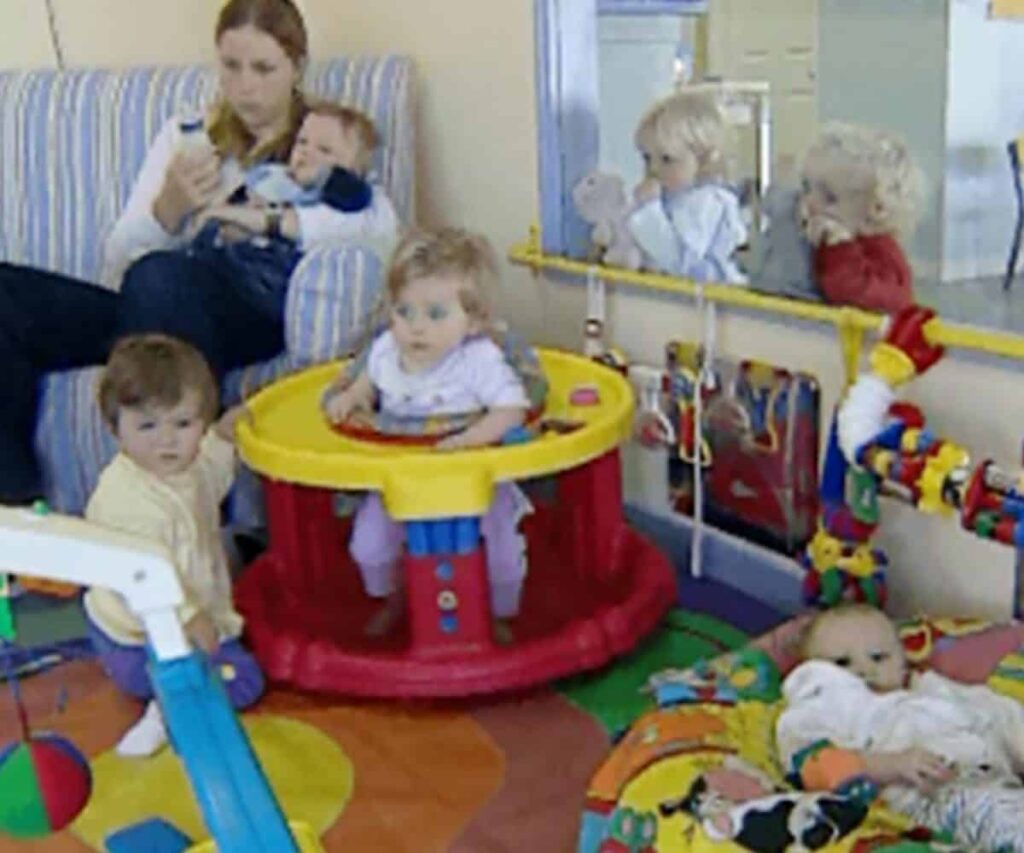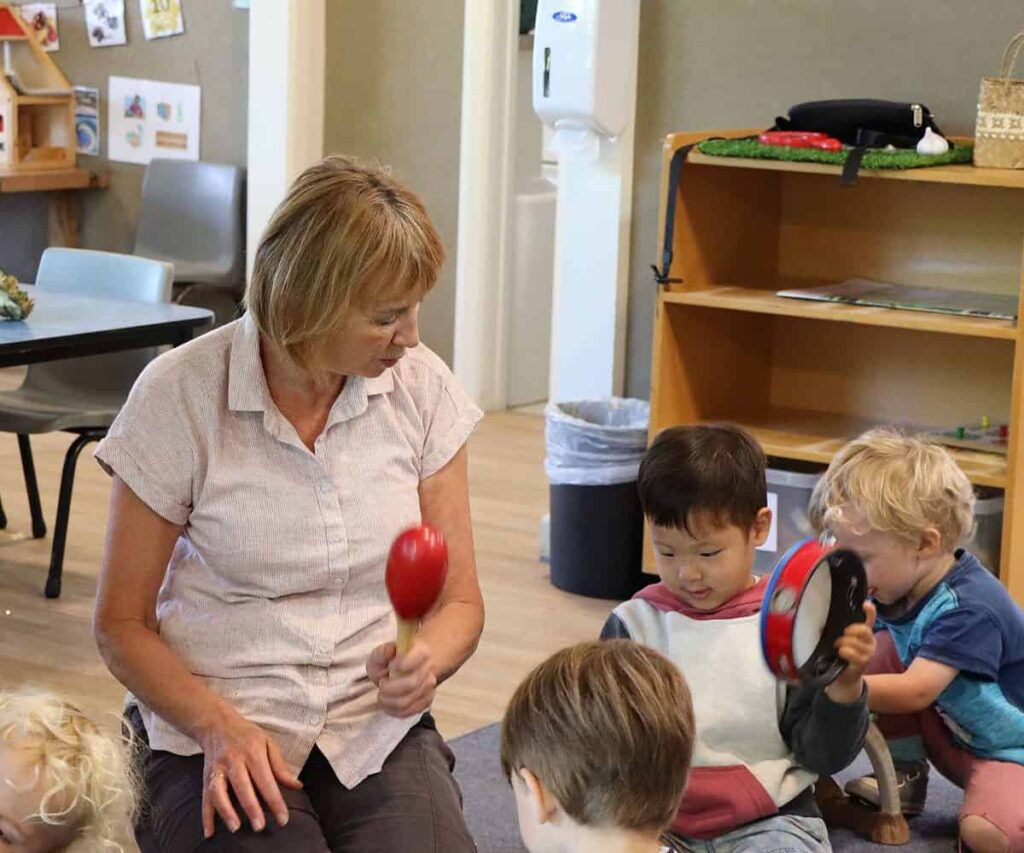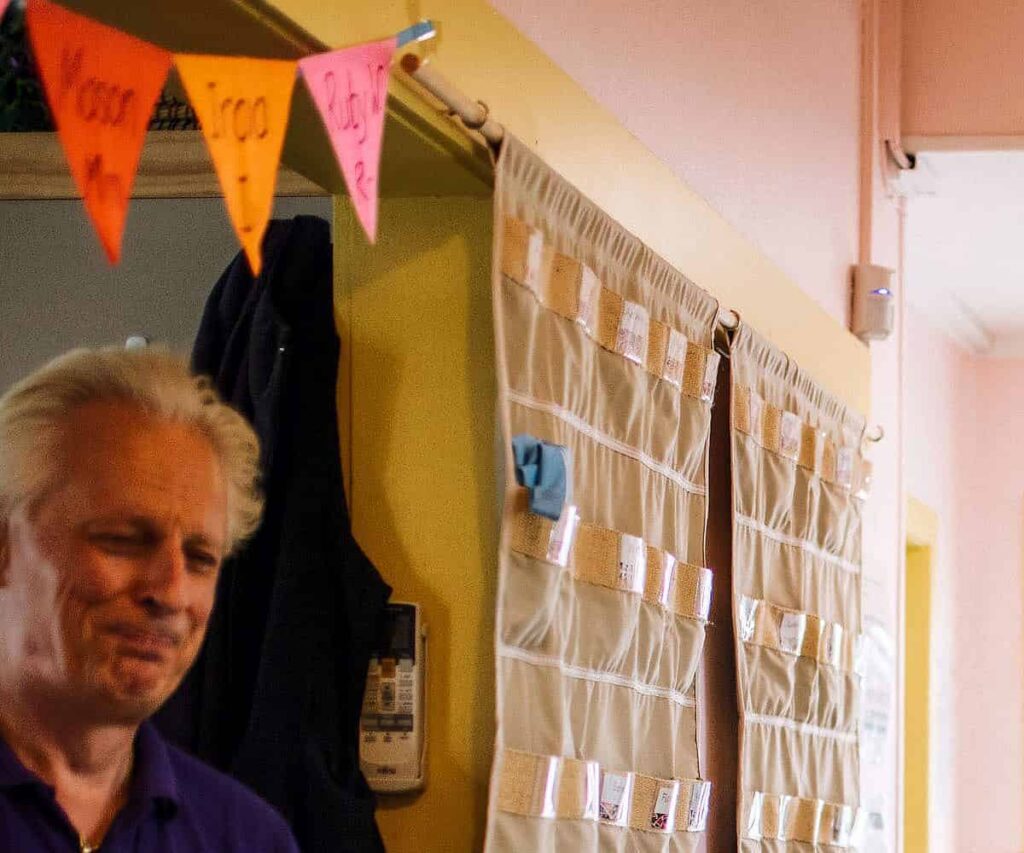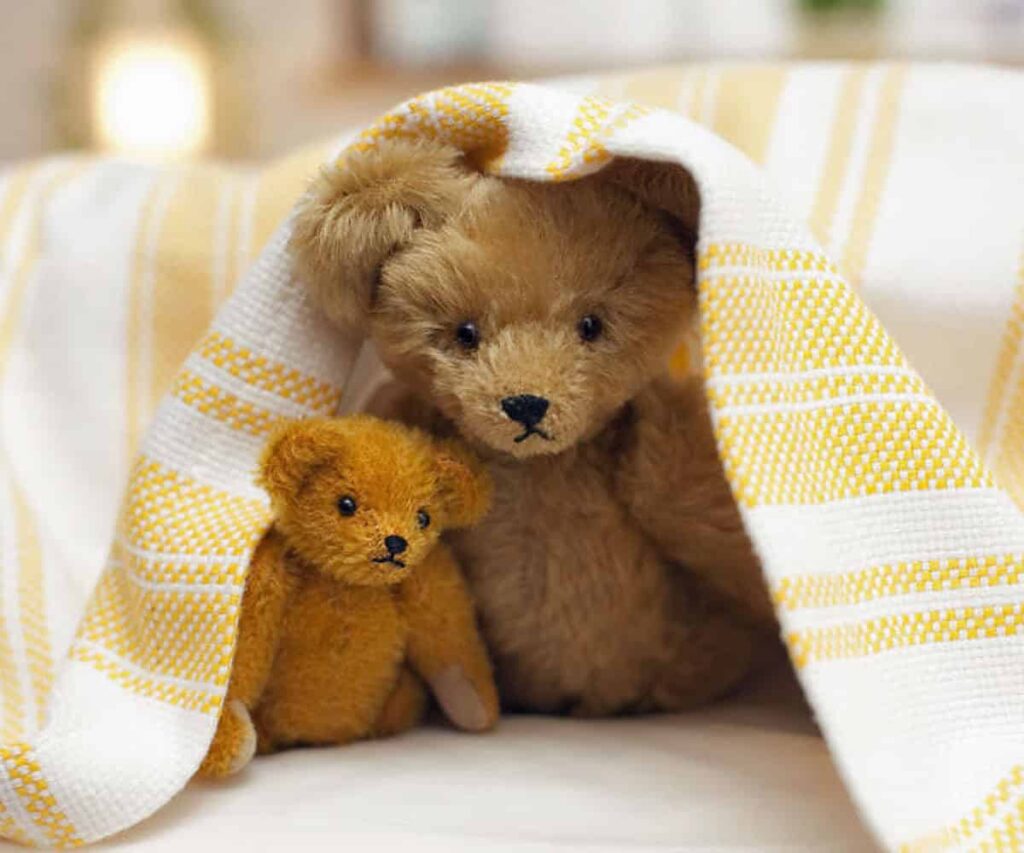Te Whāriki is for young children and is not like a school curriculum. It does not prescribe formal subject teaching.
It is a curriculum guideline originally published in 1996 and revised in 2017 by the New Zealand Ministry of Education. It outlines the curriculum that the Ministry of Education requires every early childhood service in NZ to follow if it is to retain its licence to operate and care for and educate children. See the curriculum requirements for early childhood services in the My ECE Guide to the Regulations.
In many respects the Te Whāriki curriculum includes much of what a child can experience at home in relationship with parents and family and community – for example, able to have a strong sense of belonging, well-being, making contributions, communicating, and exploring through play and family activities. These things can sometimes be harder to introduce in an early childhood education setting where relationships between adults and children may not be as close and groups are larger. To help ECE services, Te Whāriki makes these values explicit by setting out principles and goals for ECE service practice and providing guidance for teaching approaches and assessment.
The curriculum for kōhanga reo is now a document in its own right: Te Whāriki a te kōhanga a reo. Both curricula, for kōhanga and other ECE services, share the same framework of principles and strands.
Te Whāriki sets out four broad principles, a set of strands, and goals for each strand. Below is an outline of these.
Te Whāriki Principles
1. Whakamana – Empowerment
The early childhood curriculum empowers the child to learn and grow.
2. Kotahitanga – Holistic Development
The early childhood curriculum reflects the holistic way children learn and grow.
3. Whānau Tangata – Family and Community
The wider world of family and community is an integral part of the early childhood curriculum.
4. Ngā Hononga – Relationships
Children learn through responsive and reciprocal relationships with people, places, and things.
Strands and Associated Goals
Strand 1. Well-being – Mana Atua
The health and well-being of the child are protected and nurtured.
Goals
Children experience an environment where their health is promoted; their emotional well-being is nurtured; and they are kept safe from harm.
Strand 2. Belonging – Mana Whenua
Children and their families feel a sense of belonging.
Goals
Children and their families experience an environment where: connecting links with the family and the wider world are affirmed and extended; they know that they have a place; they feel comfortable with the routines, customs, and regular events; and they know the limits and boundaries of acceptable behaviour.
Stand 3: Contribution – Mana Tangata
Opportunities for learning are equitable, and each child’s contribution is valued.
Goals
Children experience an environment where: there are equitable opportunities for learning, irrespective of gender, ability, age, ethnicity, or background; they are affirmed as individuals; and they are encouraged to learn with and alongside others.
Strand 4: Communication – Mana Reo
The languages and symbols of their own and other cultures are promoted and protected.
Goals
Children experience an environment where: they develop non-verbal communication skills for a range of purposes; they develop verbal communication skills for a range of purposes; they experience the stories and symbols of their own and other cultures; and they discover and develop different ways to be creative and expressive.
Strand 5: Exploration – Mana Aotūroa
The child learns through active exploration of the environment.
Goals
Children experience an environment where: their play is valued as meaningful learning and the importance of spontaneous play is recognised; they gain confidence in and control of their bodies; they learn strategies for active exploration, thinking, and reasoning; and they develop working theories for making sense of the natural, social, physical, and material worlds.
Would you like to know more?
See a more detailed article about Te Whariki Early Childhood Curriculum.
Need a copy of the Te Whāriki curriculum book?
Get your copy directly from the Ministry of Education national office. Freephone: 0800 660 662 (New Zealand only). Do not contact us – My ECE does not distribute copies.
How does the Ministry of Education’s revision in 2017 differ from the original version?
Much of the new curriculum content is contained in the original document however there are some changes, including:
- The separation of the Maori and English versions of Te Whāriki into Te Whāriki: He whāriki mātauranga mō ngā mokopuna o Aotearoa (The Early Childhood Curriculum) and Te Whāriki a te Kōhanga Reo (The curriculum for children in Kōhanga reo).
- Strong emphasis on the role of the teacher in preparing children for school
- Fewer learning outcomes for children from 118 to 20. The reduction of learning outcomes is worrying early childhood professionals who value a holistic approach to child development and learning. The Ministry of Education may now start to push down more of the formal school teaching approach into the preschool years by asking teachers to provide evidence that a child has met each of the prescribed learning outcomes (i.e. teaching only to met outcomes and not the child’s needs, interests, and in relation to the child’s developing skills and competencies).
Read a critique: Bungle over the new Te Whariki.





















